Revolutionizing Architectural Design
In today’s fast-paced world, technological advancements are changing the way we live, work, and even design our spaces. One industry that has been particularly influenced by these changes is the field of architecture. With the help of cutting-edge AI tools, architects can now revolutionize the way they approach design and planning.
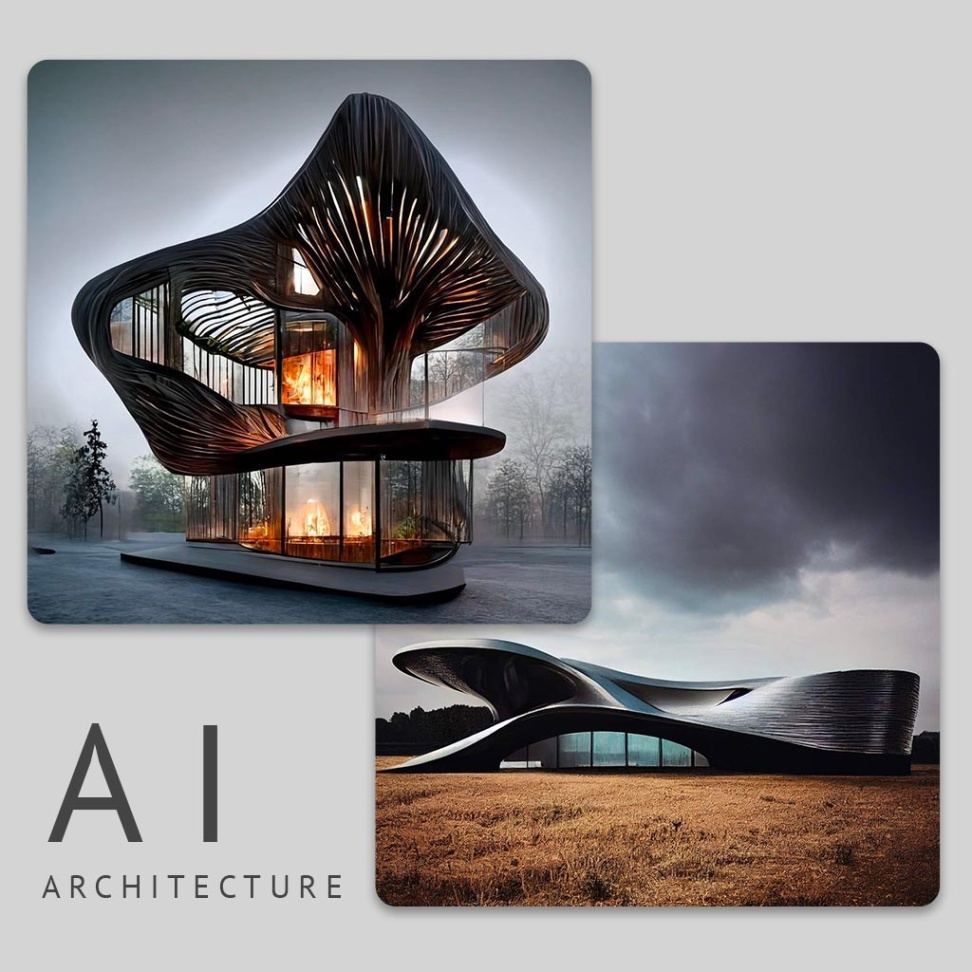
Image Source: fixthephoto.com
Gone are the days of tedious manual drafting and endless revisions. With the power of AI, architects can now streamline their processes and create innovative designs faster than ever before. By harnessing the capabilities of Artificial intelligence, architects can unlock their creative potential and take their designs to new heights.
One of the most significant ways in which AI is revolutionizing architectural design is through the use of generative design. This technology allows architects to input their design parameters and let the AI algorithm generate multiple design options based on those criteria. Not only does this save architects time, but it also opens up a world of possibilities that they may not have considered on their own.
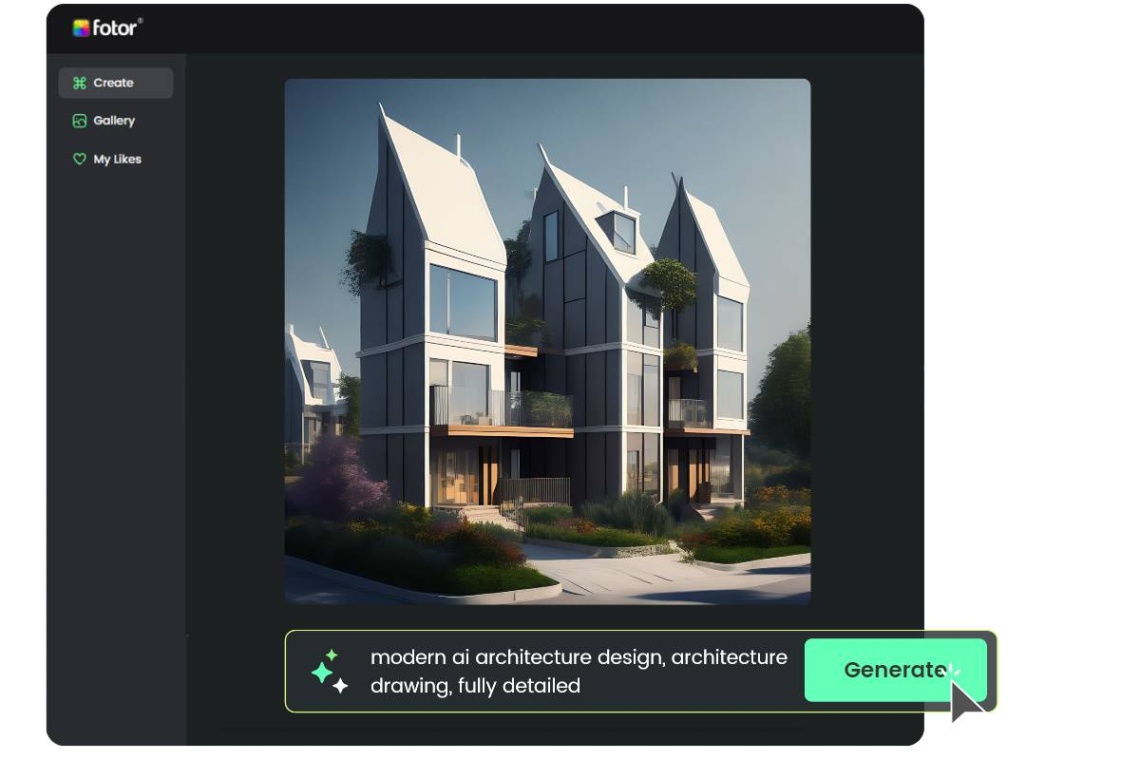
Image Source: fotor.com
Effortless Planning with AI is also a game-changer in the world of architectural design. By utilizing AI tools for planning, architects can quickly analyze and optimize their designs for factors such as sunlight exposure, energy efficiency, and spatial layouts. This not only improves the overall functionality of the space but also creates a more sustainable and efficient design.
With the help of AI, architects can now transform spaces with technology in ways that were once thought impossible. From creating parametric designs that respond to environmental factors to using Virtual reality to visualize designs in real-time, the possibilities are endless. AI tools have the power to revolutionize the way architects approach their work and create spaces that are not only beautiful but also functional and sustainable.
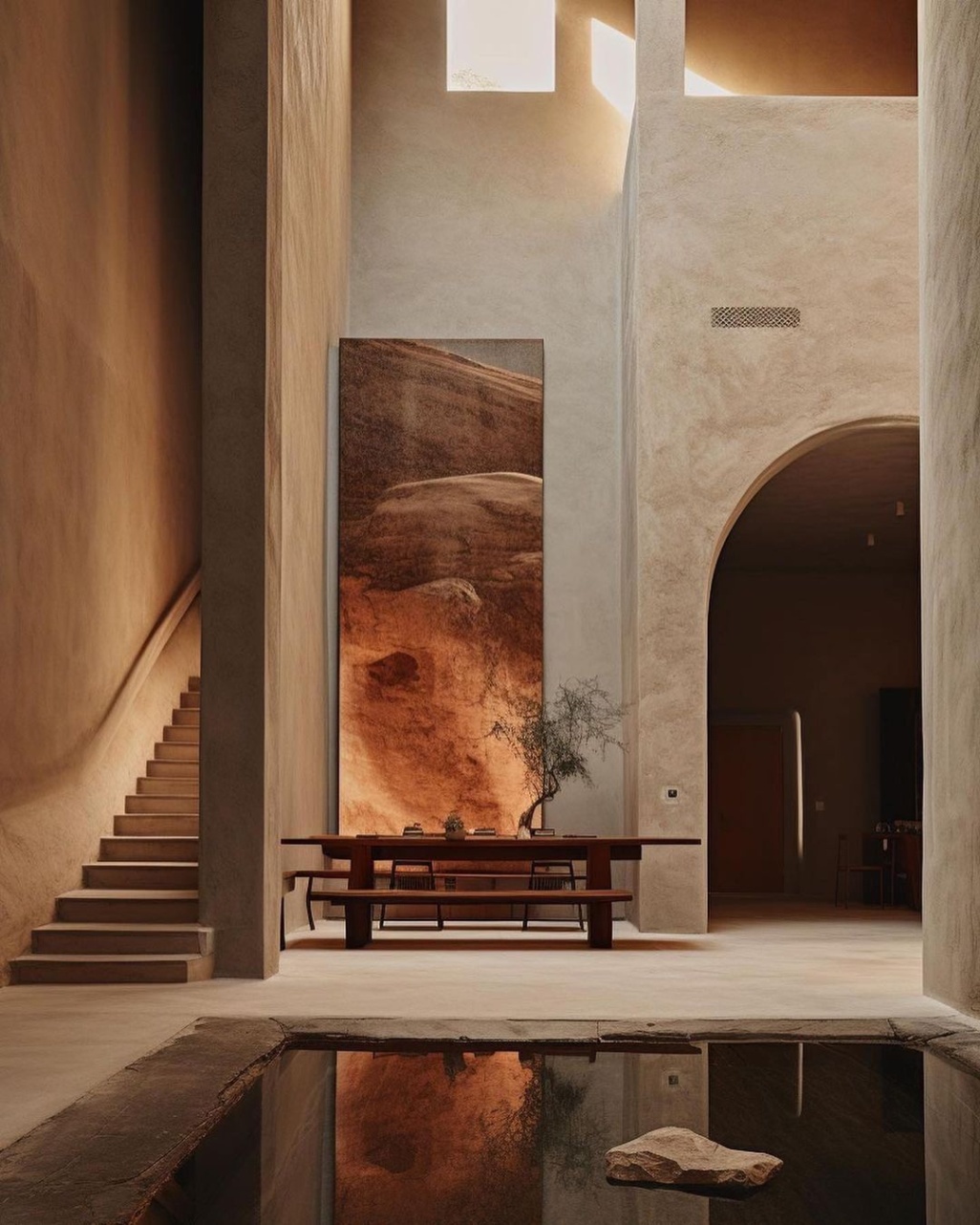
Image Source: co-architecture.com
In conclusion, the use of AI in architectural design is truly revolutionizing the way architects work. By unlocking their creative potential and streamlining their processes, architects can now design like pros with the help of AI tools. The future of architectural design is here, and it looks brighter and more innovative than ever before.
Unlock Your Creative Potential
Are you an aspiring architect or designer looking to take your creative skills to the next level? With the advancements in technology and the rise of Artificial intelligence, unlocking your creative potential has never been easier. By embracing AI tools in your architectural planning process, you can streamline your workflow, enhance your designs, and bring your vision to life like never before.
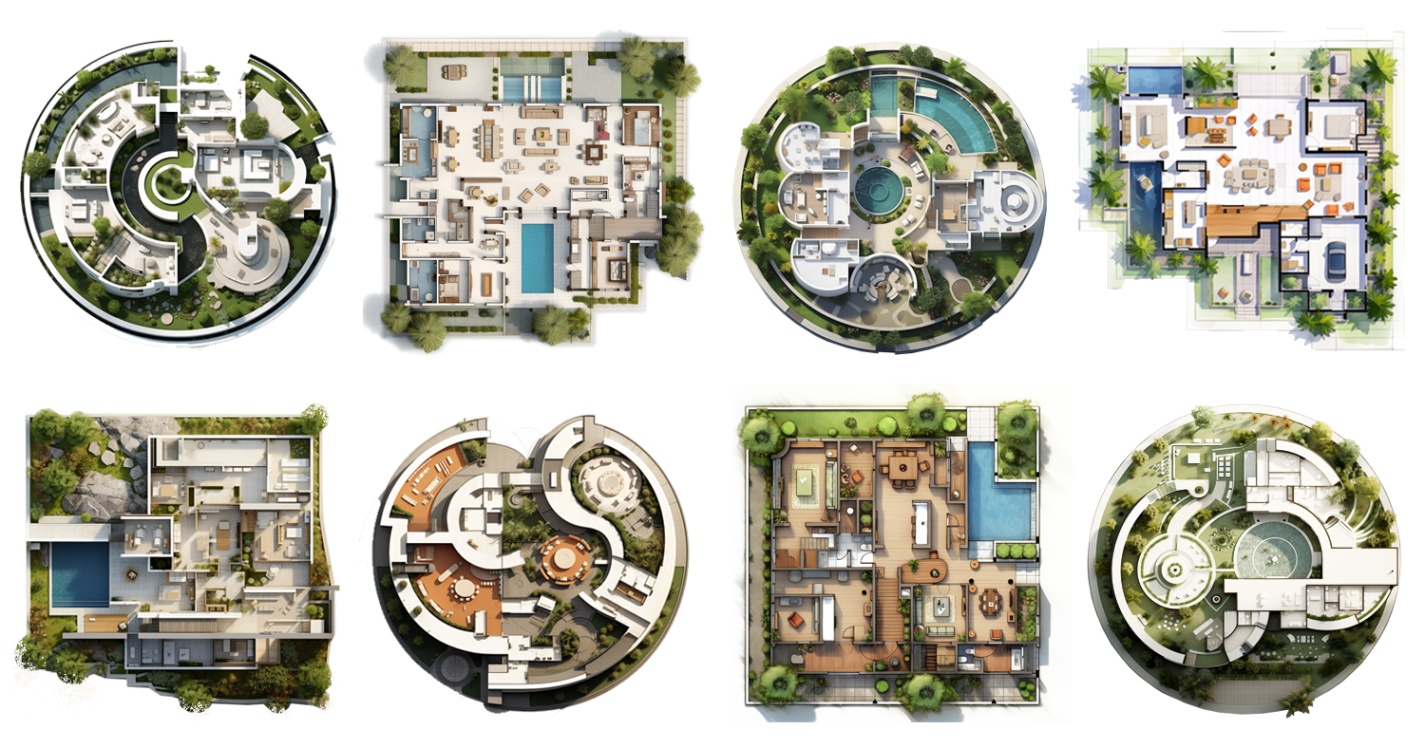
Image Source: architizer.com
Gone are the days of spending hours painstakingly sketching out floor plans and trying to visualize how your designs will look in real life. With AI-powered software, you can now generate 3D models, create virtual walkthroughs, and experiment with different design elements with just a few clicks. This not only saves you time and effort but also allows you to explore new ideas and push the boundaries of your creativity.
One of the key benefits of using AI in architectural planning is the ability to quickly iterate and refine your designs. Instead of being limited by traditional design tools, AI software enables you to explore multiple variations of your project and see how different elements come together in real-time. This iterative process not only helps you identify the best design solutions but also encourages you to think outside the box and experiment with unconventional ideas.
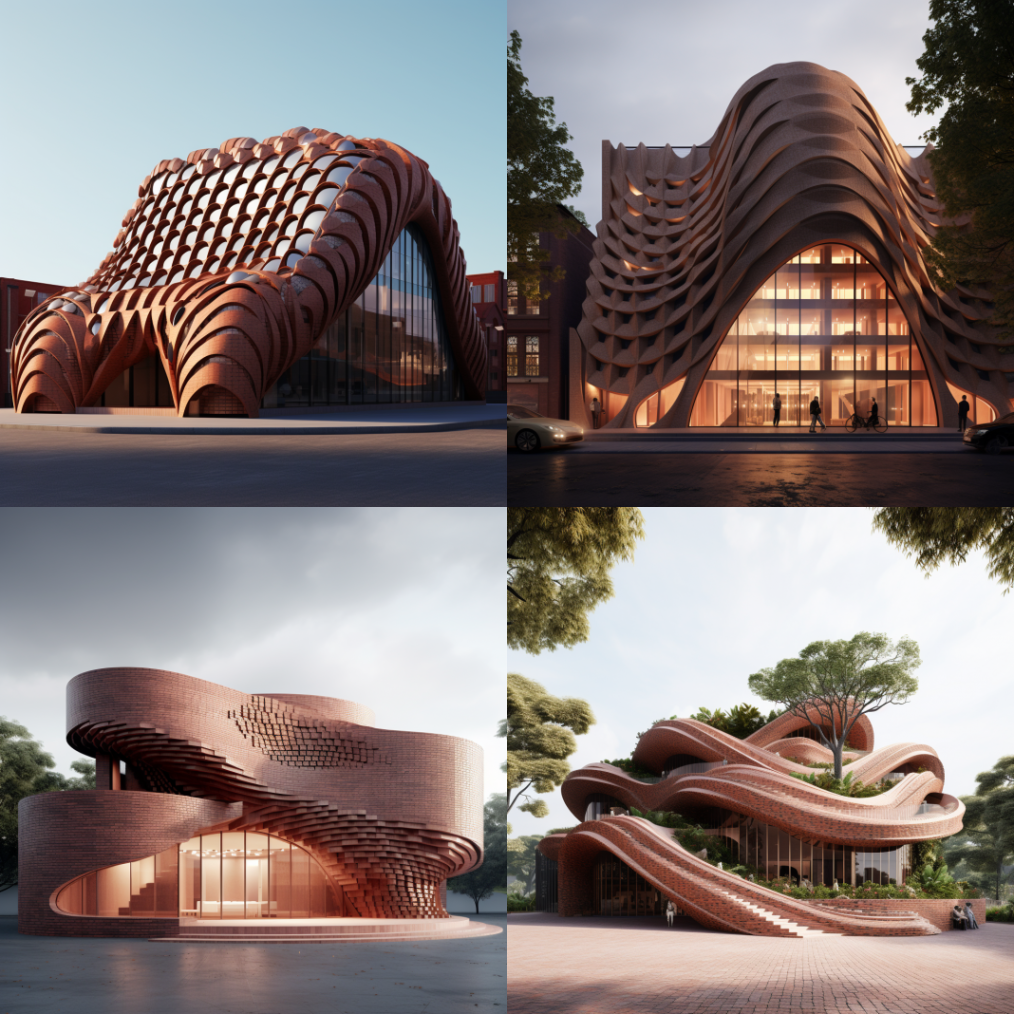
Image Source: workdesign.com
Furthermore, AI tools can help you overcome creative blocks and spark new inspiration. By leveraging machine learning algorithms, these tools can analyze your design preferences, suggest alternative solutions, and even generate new Design Ideas based on your input. This collaborative approach to design not only enhances your creative process but also opens up new possibilities for innovation and experimentation.
In addition to enhancing your creative process, AI tools can also help you optimize your designs for functionality and efficiency. By simulating real-world scenarios and analyzing key performance metrics, you can ensure that your designs meet the needs of your clients and users. Whether you’re designing a residential space, a commercial building, or a public infrastructure project, AI can help you fine-tune your designs to maximize usability, sustainability, and overall user experience.
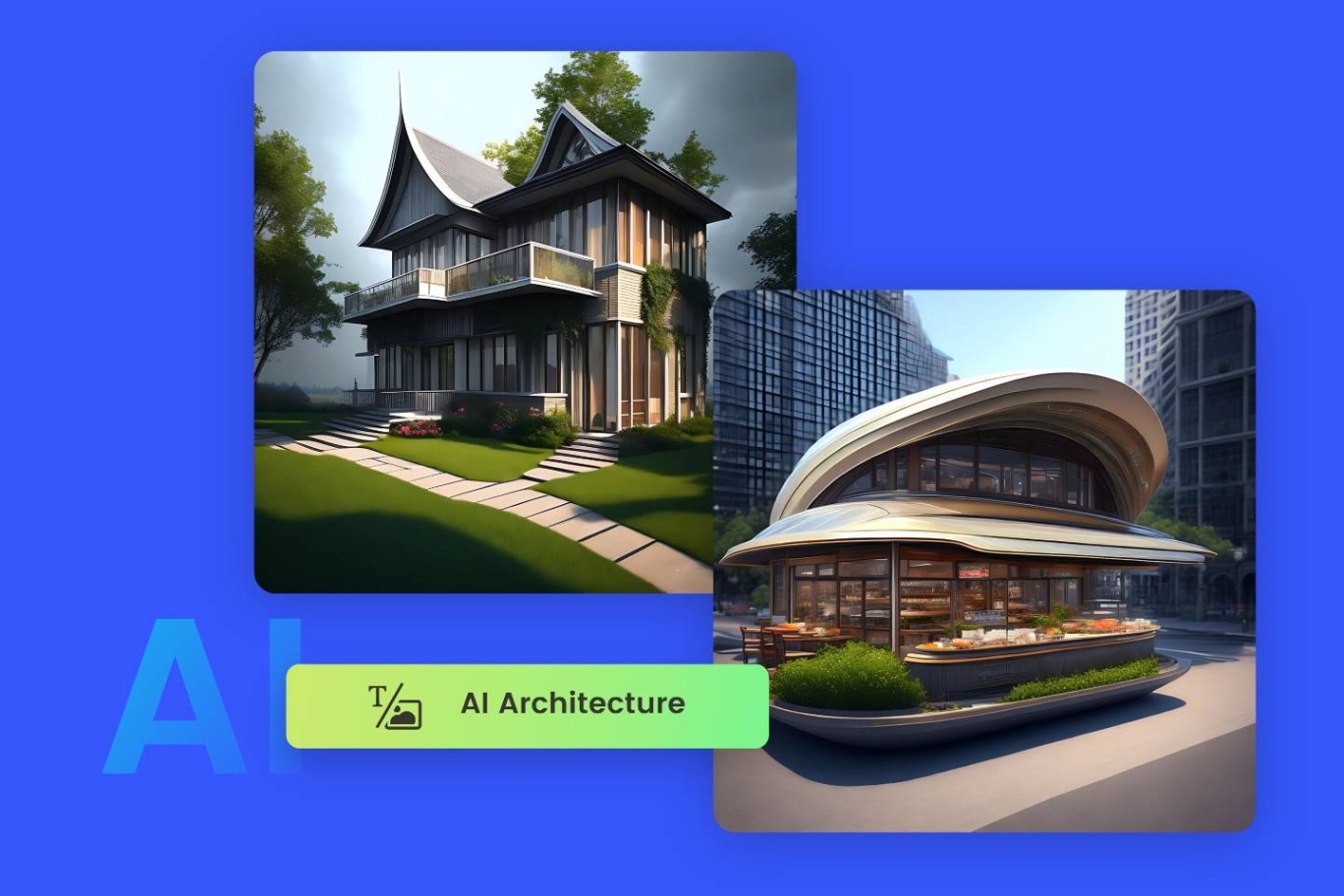
Image Source: fotor.com
Moreover, AI tools can assist you in transforming your design concepts into reality. By providing accurate measurements, material specifications, and construction details, these tools can help you communicate your vision effectively to clients, contractors, and other stakeholders. This not only streamlines the project management process but also ensures that your designs are implemented accurately and efficiently.
In conclusion, unlocking your creative potential with AI tools is not just about making your architectural planning easier – it’s about redefining the way you approach design and unleashing your full creative potential. By embracing AI technology in your workflow, you can explore new ideas, experiment with different design solutions, and ultimately create more innovative and impactful designs. So why wait? Start incorporating AI into your architectural planning process today and design like a pro!
Effortless Planning with AI
Designing architectural spaces has always been a challenging and time-consuming task. From brainstorming ideas to creating detailed plans, architects and designers often face numerous obstacles along the way. However, thanks to advancements in Artificial intelligence (AI) technology, planning architectural projects has become more effortless than ever before.
Gone are the days of spending hours agonizing over floor plans and layouts. With the help of AI tools, architects can now streamline the planning process and bring their visions to life in a fraction of the time. These tools utilize complex algorithms and machine learning capabilities to analyze data, generate Design Ideas, and optimize space utilization.
One of the most significant benefits of using AI in architectural planning is the ability to quickly generate multiple design options. By inputting specific parameters and requirements into the AI tool, architects can receive a variety of design proposals tailored to their needs. This not only saves time but also allows for greater creativity and innovation in the design process.
Another key advantage of AI technology in architectural planning is its ability to optimize space utilization. By analyzing data on building usage, traffic flow, and other factors, AI tools can suggest the most efficient and practical layouts for a given space. This ensures that architects are maximizing the potential of the space while also creating a functional and aesthetically pleasing design.
In addition to streamlining the planning process, AI tools also offer real-time collaboration features that allow architects to work together seamlessly on a project. By sharing ideas, making changes, and receiving feedback in real-time, architects can ensure that their designs are constantly evolving and improving throughout the planning process.
Furthermore, AI technology can also assist architects in evaluating the environmental impact of their designs. By analyzing factors such as energy consumption, material usage, and carbon footprint, AI tools can help architects create more sustainable and eco-friendly designs. This not only benefits the environment but also helps architects meet regulatory requirements and achieve green building certifications.
Overall, the integration of AI technology into architectural planning has revolutionized the way architects approach design projects. With the ability to generate multiple design options, optimize space utilization, facilitate collaboration, and evaluate environmental impact, AI tools have made architectural planning more effortless and efficient than ever before. By leveraging the power of AI, architects can unlock their creative potential and design spaces that are both innovative and functional.
Transforming Spaces with Technology
In today’s fast-paced world, technology plays a crucial role in every aspect of our lives, including architectural planning and design. Gone are the days when architects had to rely solely on their creativity and technical skills to bring their visions to life. With the advent of advanced AI tools, designing and transforming spaces has become easier and more efficient than ever before.
One of the key ways in which technology is transforming spaces is through the use of 3D modeling software. These powerful tools allow architects to create detailed and realistic renderings of their designs, giving clients a clear understanding of how the finished space will look. With the ability to manipulate and adjust every aspect of the design, architects can easily experiment with different layouts, materials, and finishes to find the perfect solution for their clients.
Another way in which technology is transforming spaces is through the use of Virtual reality (VR) and augmented reality (AR) technology. These immersive technologies allow architects and clients to experience a space in a whole new way, walking through it and interacting with it as if it were already built. This not only helps clients to visualize the final result more clearly but also allows architects to identify any potential issues or improvements before construction even begins.
AI technology is also revolutionizing the way architects approach sustainability and energy efficiency in their designs. By analyzing data and simulating different scenarios, AI tools can help architects optimize the use of natural light, ventilation, and materials to create spaces that are not only beautiful but also environmentally friendly. This not only benefits the planet but also helps clients save money on energy costs in the long run.
One of the most exciting developments in architectural technology is the use of generative design algorithms. These advanced AI tools can analyze vast amounts of data and generate thousands of design options based on specific criteria and constraints set by the architect. This not only speeds up the design process but also allows architects to explore innovative and unconventional solutions that they may not have considered otherwise.
Overall, technology is transforming the way architects design and transform spaces, making the process easier, more efficient, and more sustainable than ever before. By leveraging the power of AI tools, architects can unlock their creative potential and bring their visions to life in ways that were previously unimaginable. So, if you want to design like a pro, make sure to embrace the latest technological advancements in architectural planning and design.
ai tool for architecture design